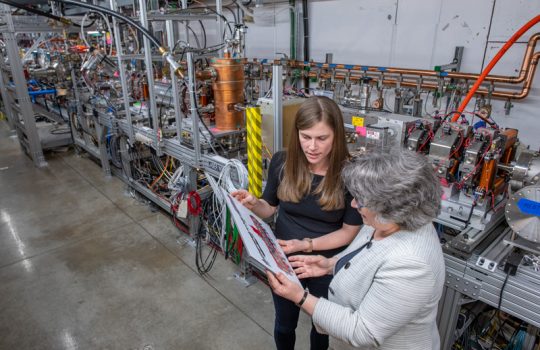Death ‘by planet’ was surprisingly common in the 1600s
From Popular Science, November 24, 2021: The Popular Science writing staff compiled short stories of fun and interesting science stories they have covered. Included in this quirky series is the story of how Felicia the ferret helped clean accelerator tubes at Fermilab and the 2006 raccoon invasion in the Linac gallery.

